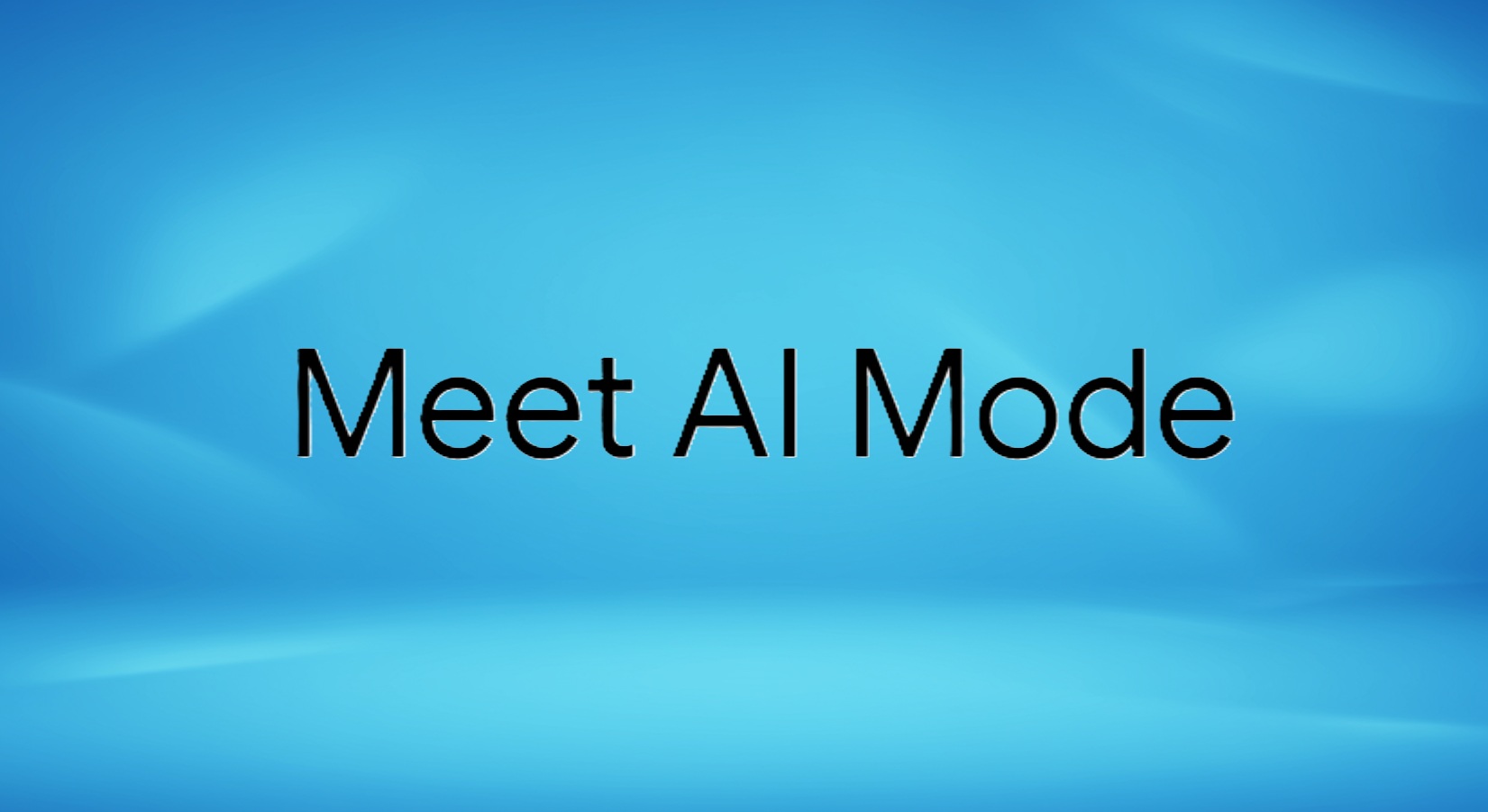
Google’s AI Mode Emerges from the Lab: A Brave New World for Search or a Monopolistic Power Play?
Google is taking a significant leap into the future of search, rolling out its "AI Mode" to a limited user base after incubating it within its experimental Labs division. This marks a pivotal moment, shifting from theoretical exploration to real-world implementation of AI-driven search experiences. The move positions Google to directly compete with emerging AI-powered answer engines like Anthropic, signaling a potential reshaping of how users interact with online information.
The company plans to introduce AI Mode to a "small percentage of people" in the "coming weeks," transforming their search results into AI-generated responses tailored to their queries. This initiative directly addresses the growing popularity of services that leverage AI to synthesize and present information, often by aggregating and reinterpreting existing content.
Google’s journey towards an AI-enhanced search experience began in 2023 with the integration of AI-powered summaries, notably exemplified by features that aggregate and summarize reviews and information for products like laptops. The company has also deployed AI to other areas of its ecosystem, such as Chrome, to automatically summarize web pages. All of this is happening while the Department of Justice is actively pursuing a case to break up Google, even proposing spinning off its Chrome browser as a remedy for what they claim is an illegal monopoly.
AI Mode takes this integration a step further, fundamentally altering the traditional search results page. Instead of a list of blue links, users will encounter a curated AI-generated summary directly addressing their query. This "interjection" of Google’s own results promises a more streamlined and efficient search experience, potentially delivering answers faster and more directly.
The visual presentation of AI Mode is notable. On desktop PCs, the AI-generated answer occupies the primary left-hand column, while the sources for the information are displayed to the right in a series of visual links. However, a critical distinction is made between the prominence of the AI-generated answer and the attribution of its sources. While the AI-generated answer is presented front and center, the links to the source material are relegated to small, monochrome "chainlinks" located at the end of individual summaries.
This design choice raises crucial questions about transparency and the discoverability of original content. The current implementation of AI Mode eschews the traditional list of blue links entirely, relying instead on Google’s curated summaries. This means users are presented with Google’s interpretation of the information landscape, rather than a comprehensive overview of relevant sources.
The emphasis on AI-generated summaries over direct links to original content carries significant implications for content creators and publishers. The potential for reduced traffic to original sources could impact their revenue streams and incentivize the creation of content designed to be easily digested and summarized by AI, rather than in-depth, original reporting.
Google’s AI Mode also incorporates elements of personalization. A "clock" icon provides access to past queries, allowing Google to learn user preferences and tailor future responses accordingly. This feature could potentially enhance the relevance of search results over time, delivering a more personalized and efficient search experience.
However, concerns remain about the lack of clear visual distinction between high-quality and less reputable sources. The system does not appear to visually differentiate between a site that has invested significant resources in testing and research and one that has not. This places a significant burden on the user to either trust Google’s judgment implicitly or to meticulously examine the small link icons to determine the credibility of the source.
The article’s author suggests that Google is betting on users not bothering to delve deeper into the sources, a notion he describes as "another depressing sign of the times." This sentiment reflects a broader concern about the potential for AI-driven search to prioritize convenience and efficiency over critical thinking and source verification.
The small size and inconspicuous placement of the source links echo the design of "X" buttons used to close annoying pop-up ads, further highlighting the diminished prominence of original sources within the AI Mode interface. This design choice seemingly prioritizes the seamless presentation of Google’s AI-generated answer over the user’s ability to easily access and evaluate the underlying source material.
The launch of AI Mode raises important questions about the future of search and the role of AI in shaping our access to information. Will this lead to a more efficient and personalized search experience, or will it further consolidate Google’s power and potentially diminish the value of original content creation?
The stakes are high. If AI Mode becomes the dominant paradigm for online search, it could fundamentally alter the economics of the internet, potentially favoring platforms that can effectively aggregate and summarize information over those that invest in original reporting and in-depth analysis.
Furthermore, the reliance on AI-generated summaries raises concerns about potential biases and inaccuracies. AI models are trained on vast datasets, and if those datasets contain biases, the AI-generated summaries could perpetuate and amplify those biases. It is crucial that Google ensures the transparency and accuracy of its AI models and provides users with the tools to evaluate the information presented in AI Mode.
The evolution of AI Mode will be closely watched by publishers, content creators, and users alike. Its success will depend not only on its ability to deliver efficient and personalized search results but also on its ability to foster a healthy and sustainable ecosystem for online information. The balance between convenience and critical thinking, between aggregation and original content, will be crucial in determining the long-term impact of AI Mode on the future of search.
The roll-out of AI Mode underscores the ongoing transformation of the internet landscape, driven by advancements in artificial intelligence. Google’s bold step into AI-driven search has the potential to redefine how we access and interact with information, but it also carries significant risks that must be carefully addressed to ensure a future where information is both accessible and reliable.
